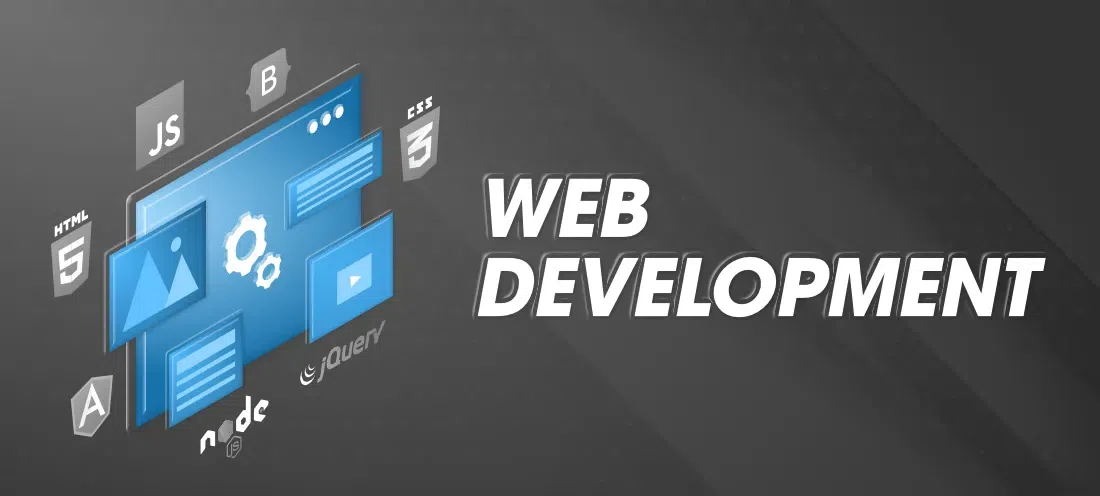Learn the web development basics-In today’s digital age, the term “web development” is ubiquitous, but what exactly does it entail? Whether you’re a newcomer to the world of technology or someone looking to delve deeper into the mechanics behind the websites you visit daily, understanding web development is crucial. In this article, we’ll demystify the concept of web development, exploring its definition, components, and importance in shaping the online landscape.
Defining Web Development Basics:
At its core, web development refers to the process of building and maintaining websites and web applications. It encompasses a broad range of tasks, including web design, coding, content creation, server-side scripting, network security configuration, and more. Web developers, often referred to as “devs,” utilize various programming languages, frameworks, and tools to create functional and visually appealing websites that cater to the needs of users and businesses alike.
Components of Web Development
- Frontend Development: Frontend development focuses on the visible aspects of a website that users interact with directly. This includes the layout, design, and functionality of web pages. Frontend developers use languages such as HTML (Hypertext Markup Language), CSS (Cascading Style Sheets), and JavaScript to create responsive and user-friendly interfaces.
- Backend Development: Backend development involves building the server-side logic that powers websites and web applications. Backend developers work with databases, server technologies, and programming languages like Python, Ruby, PHP, and Node.js to manage data, handle user authentication, and process requests from the frontend.
- Full-Stack Development: Full-stack development encompasses both frontend and backend development, allowing developers to work on all aspects of a web project. Full-stack developers possess a diverse skill set and are proficient in multiple programming languages and frameworks, enabling them to tackle complex projects from start to finish.
- Web Design: Web design focuses on the aesthetic elements of a website, including layout, color scheme, typography, and graphics. Web designers use tools like Adobe Photoshop, Sketch, and Figma to create visually appealing and user-centric designs that enhance the overall user experience.
The Importance of Web Development
- Online Presence: In today’s digital era, having a strong online presence is essential for businesses to reach their target audience and promote their products or services. Well-designed and functional websites play a crucial role in attracting and engaging customers, driving sales, and building brand credibility.
- Accessibility: Web development plays a vital role in ensuring that websites are accessible to users of all abilities. Developers must adhere to web accessibility standards and guidelines to create inclusive and user-friendly experiences for individuals with disabilities.
- Innovation: Web development drives innovation by enabling the creation of interactive and dynamic web applications that push the boundaries of what’s possible online. From e-commerce platforms and social networking sites to streaming services and productivity tools, web development continues to revolutionize the way we live, work, and communicate.
In conclusion, web development encompasses a diverse range of disciplines and technologies aimed at creating and maintaining websites and web applications. From frontend and backend development to web design and full-stack development, each aspect plays a crucial role in shaping the online landscape and driving innovation in the digital age. Whether you’re a seasoned developer or a newcomer to the field, understanding the fundamentals of web development is essential for navigating the ever-evolving world of technology.
